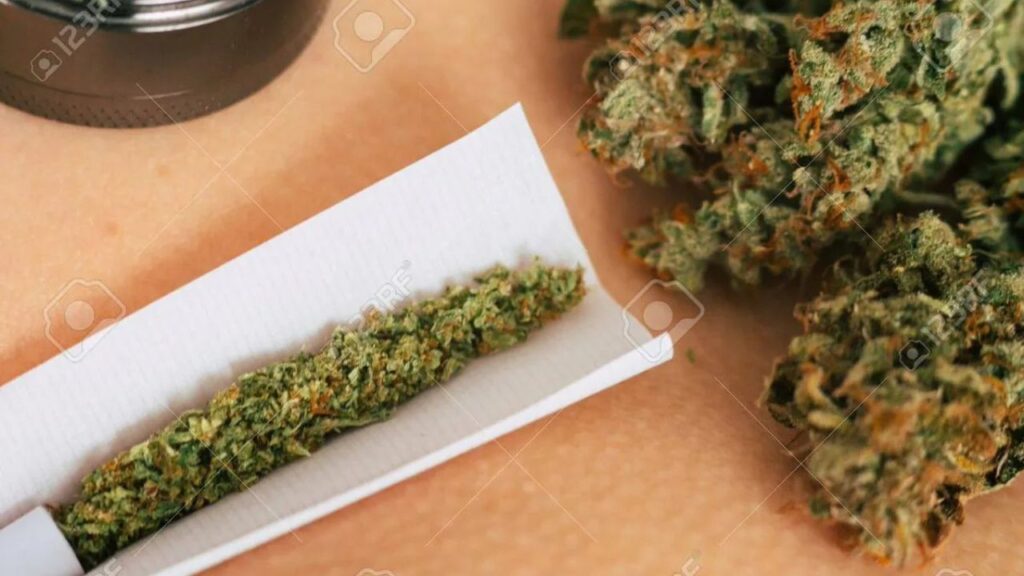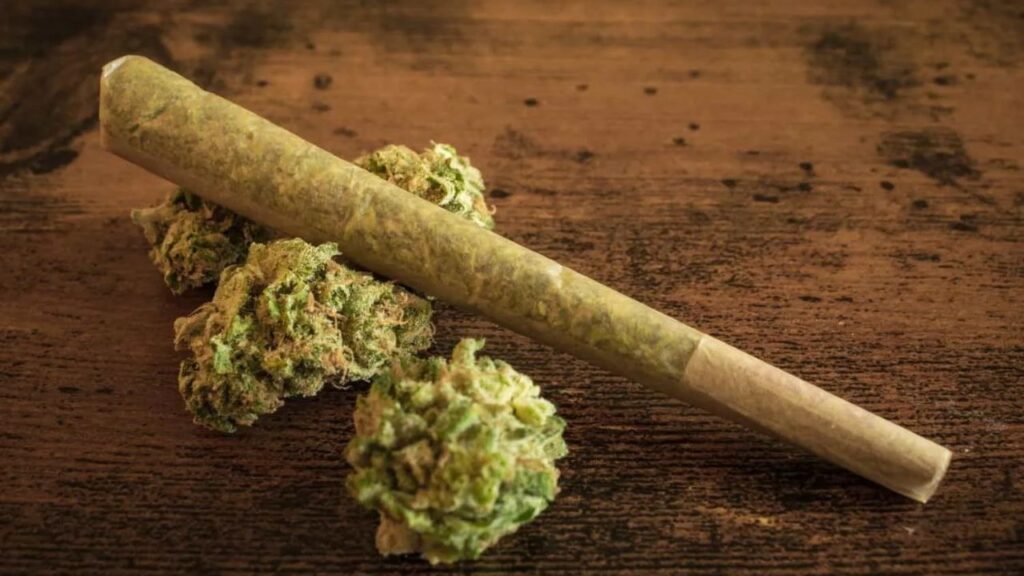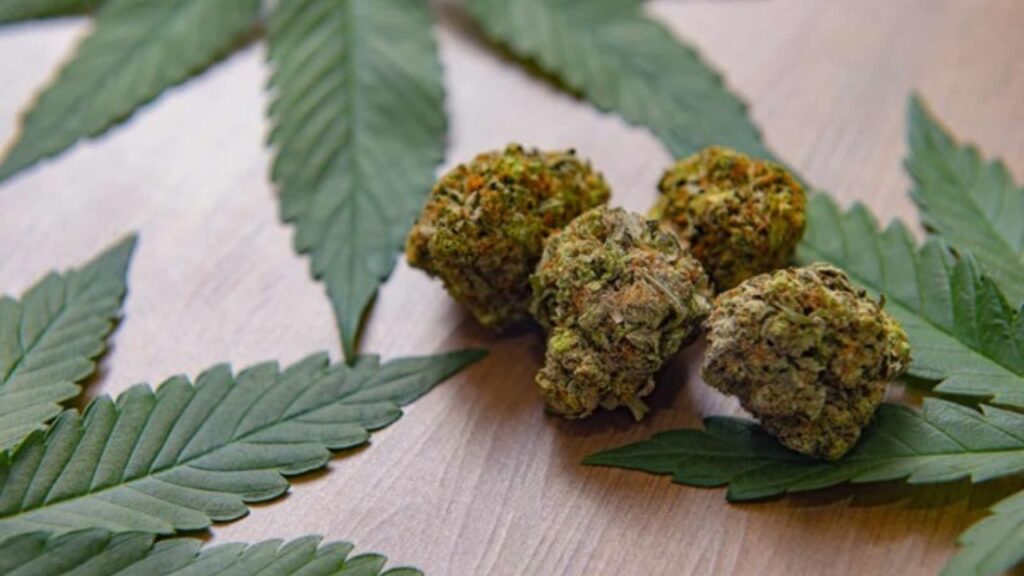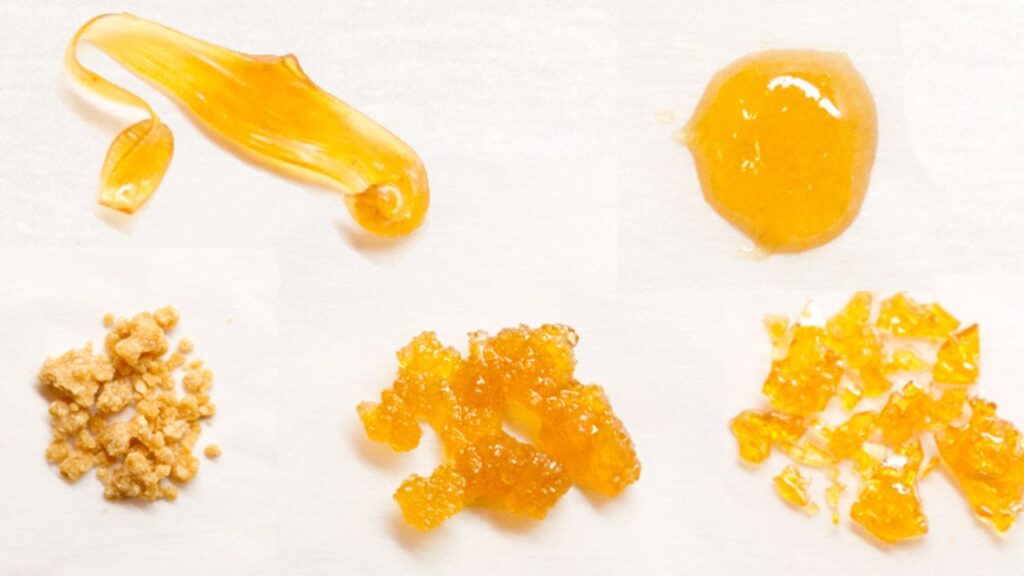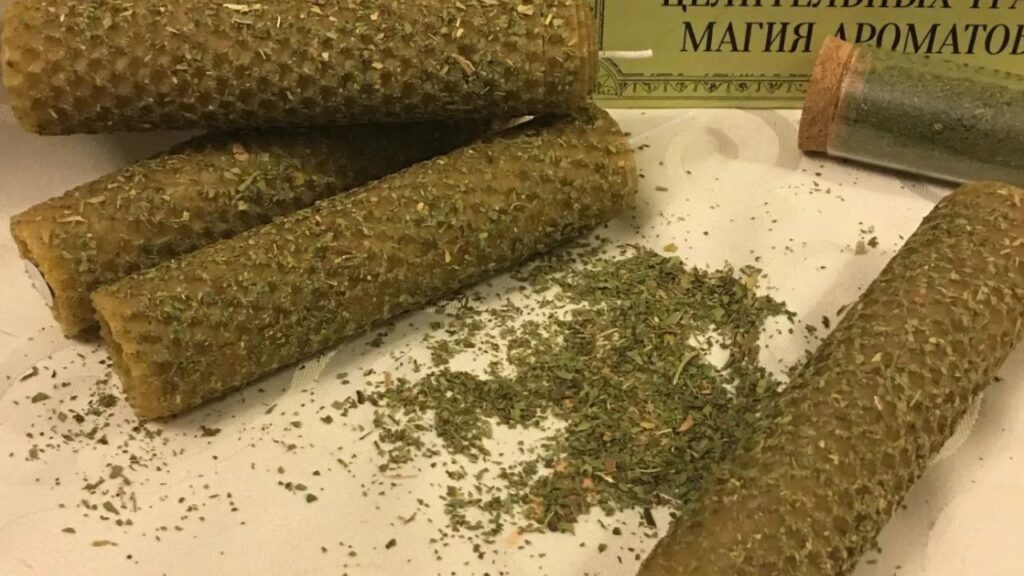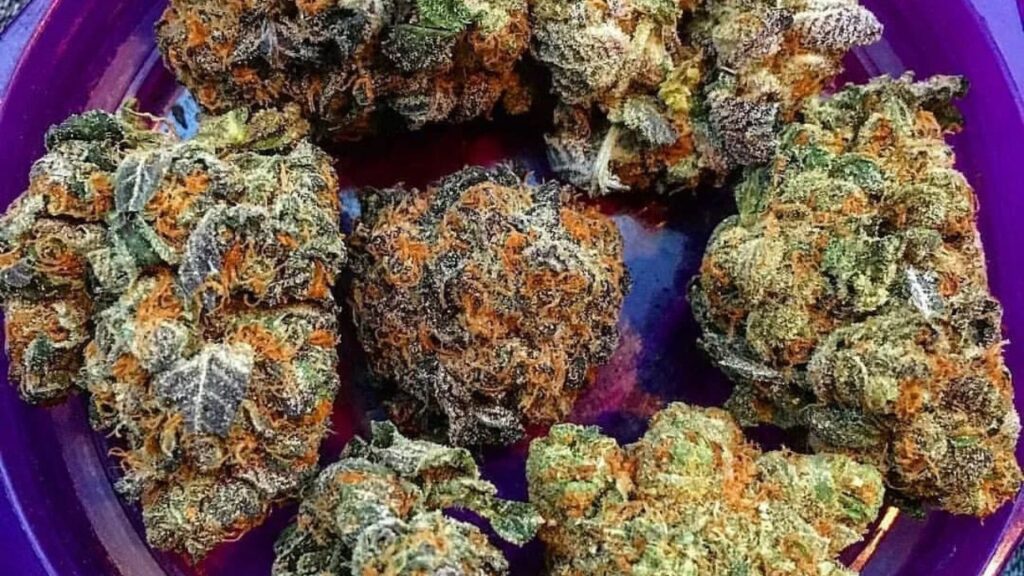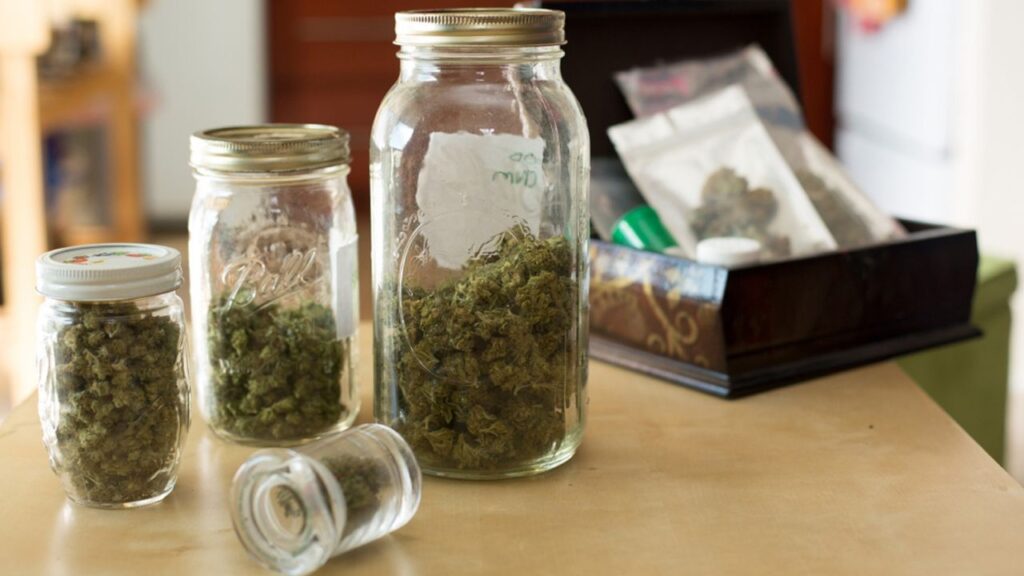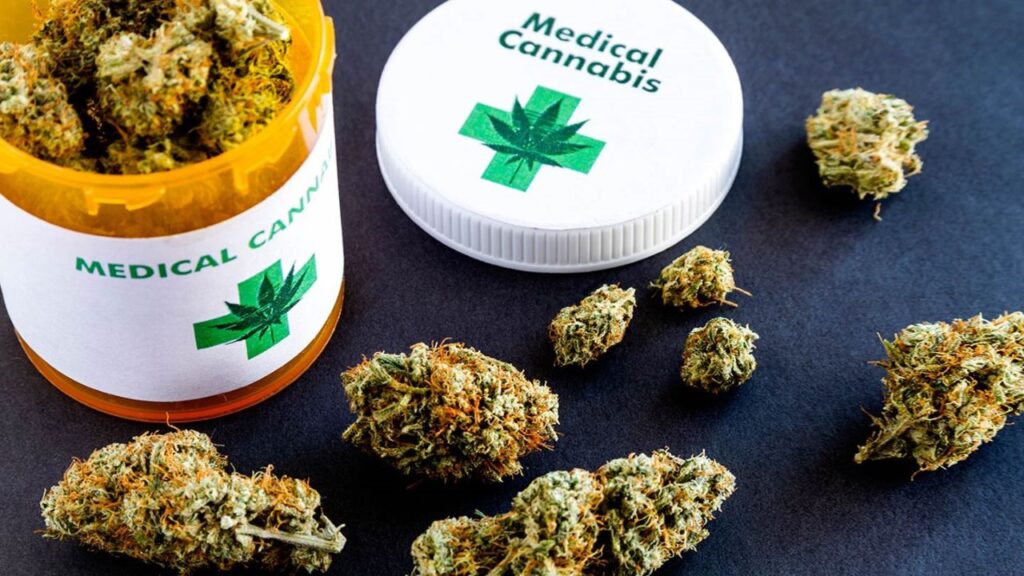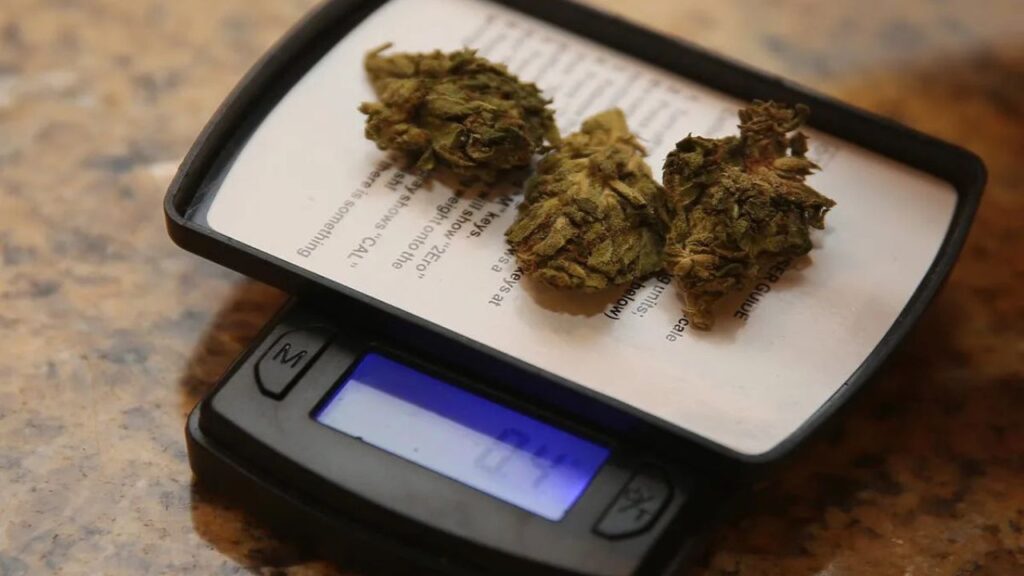Blue Dream is one of the most popular cannabis strains in the world, known for its balanced effects, sweet berry aroma, and strong yields. A hybrid strain with sativa-dominant genetics, it has become a favorite among both recreational and medical users. For cannabis cultivators, flowering time for blue dream Blue Dream offers an ideal combination of resilience, productivity, and quality.
Understanding the flowering time of Blue Dream is essential for successful cultivation. Knowing when to expect the plant to transition from vegetative growth to flowering helps growers plan light schedules, feeding routines, and harvest timing. Proper timing also ensures maximum potency and yield.
The purpose of this blog post is to provide growers—both beginners and experienced—with detailed insights into Blue Dream’s flowering time and overall growth cycle. From identifying when flowering starts to tips on optimizing growth during the flowering phase, this guide will help you get the best results from your Blue Dream crop.
Understanding the Blue Dream Plant
A. Description of the Blue Dream Strain
Blue Dream is a legendary cannabis strain, cherished for its balanced effects and high yield. It’s a sativa-dominant hybrid, typically composed of about 60% sativa and 40% indica. The strain was created by crossing Blueberry (an indica) with Haze (a sativa), blending the calming body effects of Blueberry with the cerebral stimulation of Haze. This hybrid nature makes it ideal for daytime use, offering mental clarity with a subtle physical buzz.
1. Genetic Background (Sativa-Dominant Hybrid)
Being a sativa-leaning hybrid, Blue Dream grows tall and fast. Its sativa heritage gives it long internodes and vigorous vertical growth, while the indica lineage helps with resilience and bud density. These genetics make it a well-rounded strain suitable for both indoor and outdoor growers.
2. Characteristics of the Plant (Size, Structure, Leaf Shape)
Blue Dream plants typically grow tall—sometimes reaching over 6 feet outdoors. They have a bushy, well-branched structure, making them ideal for training techniques like topping or low-stress training (LST). The leaves are narrow, long, and light green, reflecting their sativa dominance. During flowering, Blue Dream produces large, frosty colas with a sweet berry scent, and its trichome production is excellent, contributing to its potency.
B. Growth Conditions and Requirements
1. Ideal Climate and Environment
Blue Dream thrives in a Mediterranean-style climate with plenty of sunlight and mild humidity. It prefers daytime temperatures between 70°F and 85°F (21°C–29°C) and can be sensitive to extreme heat or cold. Outdoors, it grows best in coastal or temperate regions. Indoors, a well-ventilated space with consistent light and humidity control is crucial. While relatively easy to grow, Blue Dream benefits from attention to environmental stability, especially during the flowering stage.
2. Soil and Nutrient Needs
Blue Dream performs well in both soil and hydroponic systems, but many growers prefer organic soil to bring out its full terpene profile. Rich, well-draining soil with a slightly acidic pH (around 6.0–6.5) is ideal. This strain is nutrient-hungry, especially in the flowering phase. It requires ample nitrogen during vegetative growth and higher phosphorus and potassium levels once it starts blooming. Adding supplements like calcium, magnesium, and micronutrients can further support healthy growth and high yields. Regular feeding and pH monitoring help prevent deficiencies and ensure maximum plant performance.
Blue Dream Flowering Time
A. Typical Flowering Time for Blue Dream
1. Average Duration (8–10 Weeks)
Blue Dream generally has a flowering time of 8 to 10 weeks, making it moderately fast compared to other strains. This duration begins once the plant transitions from the vegetative stage into the flowering phase—usually triggered by a change in light cycle (indoors) or seasonal light shifts (outdoors). While some phenotypes may mature closer to 8 weeks, others may take the full 10 weeks to develop fully dense, trichome-rich buds. Indoor growers can typically expect more consistency, while outdoor growers may experience slight variation depending on local climate and weather patterns.
2. Factors Influencing Flowering Time (Light Cycles, Environmental Conditions)
Light is the most significant factor influencing the start and duration of flowering. Indoors, growers generally switch to a 12/12 light cycle (12 hours light, 12 hours dark) to initiate flowering. Outdoors, flowering starts naturally as daylight hours shorten in late summer.
Environmental conditions like temperature, humidity, and airflow also impact how efficiently a plant flowers. Blue Dream prefers a warm, stable environment with moderate humidity—around 40–50% during flowering. Stress factors such as extreme temperature shifts, pests, or overfeeding can delay flowering or reduce yields. Proper pruning and training can also improve airflow and light penetration, encouraging faster, healthier bud development.
B. Signs of Flowering in Blue Dream Plants
1. Visual Indicators (Pistils, Trichomes)
When Blue Dream enters the flowering phase, you’ll first notice white pistils (hair-like structures) emerging from the bud sites. These are the first signs of flower formation and will later darken and curl inward as harvest time approaches.
As the plant progresses through flowering, it begins producing trichomes—tiny, crystal-like structures containing cannabinoids and terpenes. Under a magnifying glass, these trichomes shift from clear to milky white and then to amber. Monitoring trichome development is a key way to determine peak potency and the best time to harvest.
2. Importance of Monitoring for Optimal Harvest
Careful monitoring during flowering ensures you don’t harvest too early or too late. Harvesting when trichomes are mostly cloudy with a few amber heads offers a balance of euphoria and relaxation. Waiting longer increases sedative effects but may degrade THC. By watching pistil color, bud size, and trichome maturity, growers can fine-tune harvest timing for maximum potency, flavor, and yield.

Blue Dream Grow Information
A. Best Practices for Cultivating Blue Dream
1. Germination and Seedling Care
Start with high-quality Blue Dream seeds for optimal results. Germinate seeds using the paper towel method or plant directly into a starter medium like peat pellets or coco coir. Keep humidity high (around 70%) and temperatures between 70°F and 80°F (21°C–27°C) during germination. Provide gentle light and keep the soil moist but not soaked. Once seedlings sprout and develop their first few sets of true leaves, transplant them into larger containers with nutrient-rich, well-draining soil. Blue Dream seedlings are generally strong, but they still need a stable environment free from stress to establish healthy roots.
2. Vegetative Stage Management
During the vegetative stage, Blue Dream grows rapidly, showing its sativa-dominant traits. Provide at least 18 hours of light daily to encourage steady growth. Use a nitrogen-rich fertilizer during this stage, and ensure consistent watering while avoiding overwatering. Blue Dream can grow tall, so it’s important to monitor height and use training methods early. Maintain temperatures between 70°F and 85°F with 50–70% humidity. A strong breeze will help strengthen stems and prevent mold. The goal during veg is to build a healthy, well-branched structure that will support heavy buds during flowering.
B. Tips for Maximizing Yield and Quality
1. Pruning and Training Techniques
Blue Dream responds well to various training methods. Topping—cutting the main stem—encourages bushier growth and multiple colas. Low-stress training (LST) helps spread branches evenly to improve light penetration and airflow. You can also use Screen of Green (ScrOG) methods to maximize canopy space indoors. Regularly prune lower leaves and small bud sites to redirect energy to the top colas, improving yield and bud density.
2. Pest and Disease Management
Blue Dream is relatively resistant to disease, but like all cannabis strains, it’s vulnerable to pests such as spider mites, aphids, and fungus gnats. Prevent infestations by maintaining good airflow, using neem oil or organic insecticidal soap, and regularly inspecting plants. Avoid high humidity during flowering to prevent mold and mildew. Proper spacing, clean tools, and regular leaf checks go a long way in keeping your grow healthy.
By following these cultivation tips, you can maximize both the yield and quality of your Blue Dream harvest, resulting in dense, aromatic, and resinous buds.
Is Blue Dream a Good Strain to Grow?
Yes, Blue Dream is widely considered an excellent strain to grow, especially for beginner to intermediate cultivators. Its popularity isn’t just due to its well-balanced effects or delicious flavor profile—it also offers strong growing characteristics that make it appealing to home growers and commercial cultivators alike.
One of the biggest advantages of growing Blue Dream is its vigor and resilience. As a sativa-dominant hybrid, it grows tall and fast, with strong branches and a robust root system. It’s resistant to many common pests and molds, making it less high-maintenance than more sensitive strains. Whether grown indoors or outdoors, Blue Dream adapts well to various environments, although it thrives best in a Mediterranean-like climate with warm days and mild nights.
Another reason Blue Dream is a grower’s favorite is its high yield potential. With proper care, indoor growers can expect around 500–600 grams per square meter, while outdoor plants can yield even more under optimal conditions. It flowers in a reasonable 8–10 weeks, allowing for a solid harvest window without a long wait.
The buds are large, frosty, and aromatic, with a sweet blueberry scent and uplifting effects that appeal to a wide range of users. This makes Blue Dream a great strain for both personal consumption and commercial sale, as it offers broad market appeal.
In terms of training, Blue Dream responds well to topping, low-stress training (LST), and pruning techniques. This allows growers to control height and maximize bud production, especially in indoor spaces.
Overall, Blue Dream is a reliable, high-performing strain that offers great returns with manageable effort. Whether you’re growing for personal use or looking to fill jars for others, Blue Dream is a smart, rewarding choice for almost any grower.

FAQs
1. What is Blue Dream flower time?
Blue Dream typically flowers in 8 to 10 weeks. This period starts after the plant transitions from the vegetative stage. Flowering time may vary slightly based on environmental conditions and growing methods, but most growers can expect harvest-ready buds within this timeframe.
2. What is important Blue Dream grow info?
Blue Dream thrives in warm, sunny climates and prefers well-draining soil with a slightly acidic pH. It’s a vigorous grower that responds well to training and pruning. Keep temperatures between 70°F and 85°F and feed regularly for optimal results throughout all growth stages.
3. How do you grow Blue Dream successfully?
To grow Blue Dream successfully, start with quality genetics, provide ample light (especially indoors), and ensure proper airflow and humidity control. Use topping or low-stress training (LST) techniques to manage height and increase yields. Monitor nutrient levels closely and maintain a stable, clean environment.
4. What is a Blue Dream cartridge?
A Blue Dream cartridge is a pre-filled vape cart containing cannabis oil extracted from the Blue Dream strain. It typically features the strain’s signature blueberry aroma and balanced effects. These cartridges offer a convenient, portable way to enjoy Blue Dream without smoking or dealing with flower.
5. What affects Blue Dream flowering time?
Blue Dream’s flowering time is influenced by factors like light cycles, temperature, humidity, and strain phenotype. Indoors, a 12/12 light schedule triggers flowering, while outdoor flowering begins as daylight hours shorten. Stress, poor nutrition, or inconsistent conditions can delay flowering or reduce bud quality.
Conclusion
Blue Dream is a well-loved cannabis strain known for its balanced effects, high yields, and manageable growth patterns. With a typical flowering time of 8 to 10 weeks, this sativa-dominant hybrid offers cultivators a rewarding experience when grown under the right conditions. Understanding its flowering timeline, ideal environment, and care requirements—from germination to harvest—is key to maximizing both potency and yield.
Growers who apply this knowledge can expect healthy plants with dense, flavorful buds rich in terpenes and cannabinoids. Proper monitoring during the flowering stage, along with pruning and training techniques, can significantly improve bud quality and overall plant performance.
Ultimately, knowing when and how Blue Dream flowers is essential not just for timing your harvest but for ensuring optimal plant health. By mastering these fundamentals, cultivators can consistently produce top-tier results and enjoy the full benefits of this legendary cannabis strain.
Read More>>>>>>> How to Determine Blue Dream Flowering Time



